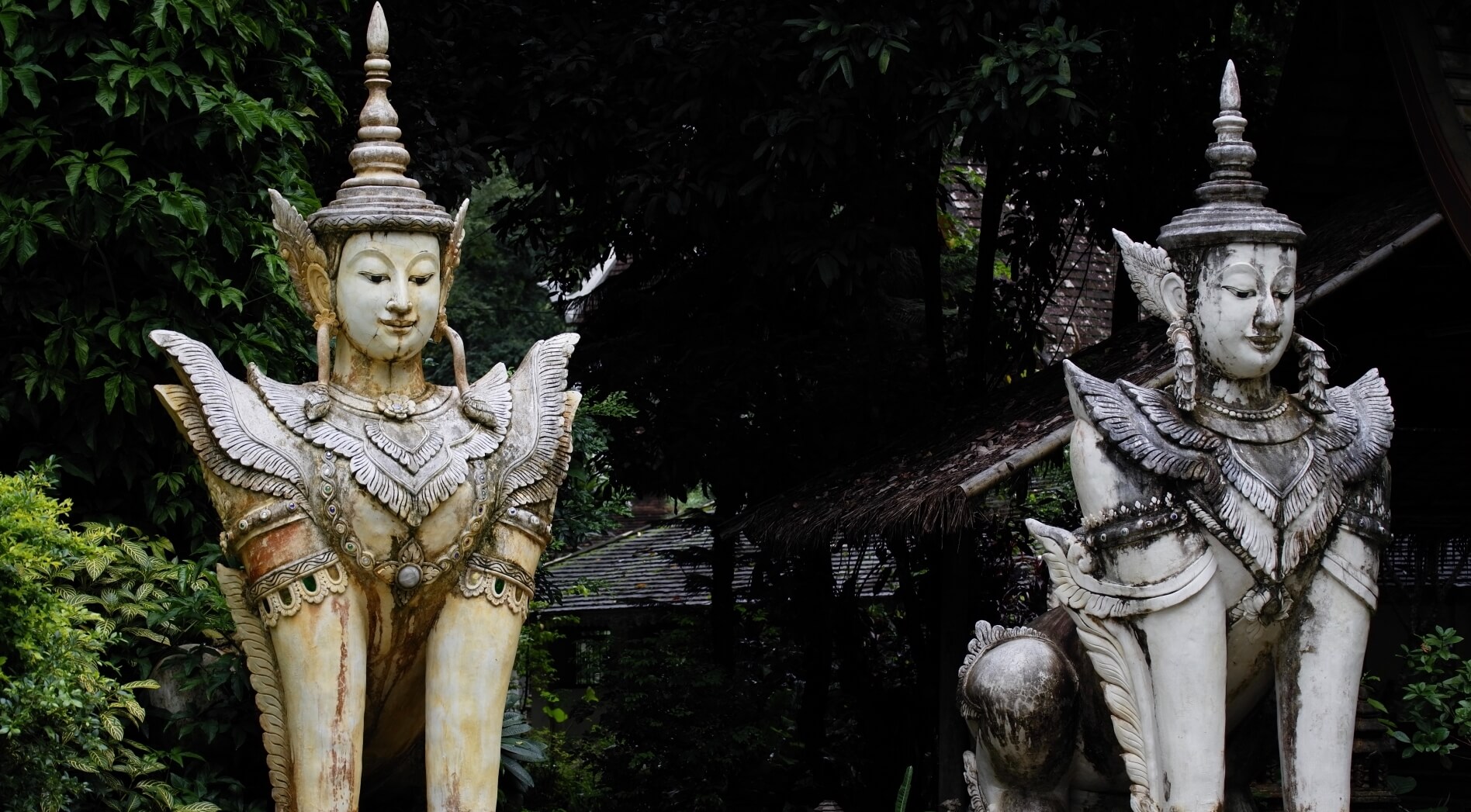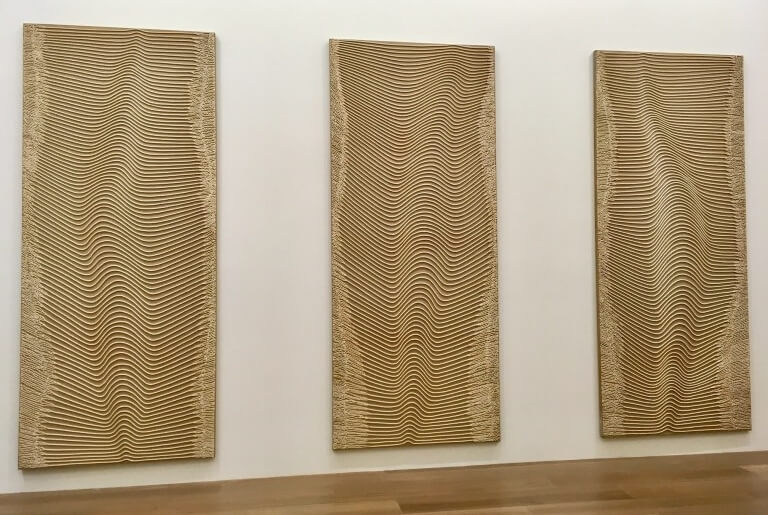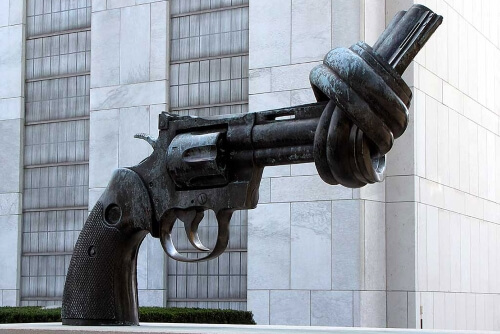For centuries on end
man has relied on the use of sculptures
It is a belief that the first sculptures made were in a bid to help people when they were out hunting. Over time, the use of sculptures evolved such that by the start of civilization, people used them as a representation of gods. Ancient kings who wished to immortalize their rules had statues made in their likeness, and in so doing, they led to the beginning of portrait sculpting, an art that continues to date.
Types of Sculptures
Let’s take a brief look at what sculpting entails and what are the different types of sculptures that you are likely to come acros.
Sculpture Techniques and Materials
Sculptors use various materials and techniques in their creations, and their choices reflect on the resultant objects.
What is the purpose of sculptures?
Sculptures have served numerous purposes for a long time, and they continue to do so to-date. Here are some of the ways that these objects have served the various areas of our lives
Religion
One of the most common ways in which people have used sculptures in the past is in association with their religious beliefs. Long before people acquired the knowledge to read and write, the church had no means of delivering the message of hope and the doom that would befall those who failed to adhere to the word. Sculpting, being one of the oldest forms of art, came before the dawn of painting, and was thus the only way to communicate the importance of religion. The church, therefore, sought the use of objects that were depictions of devils and demons, and they used these in the holy places such that those attending the services could get a reminder of why they were there. And it was not only in the churches that people used sculptures as these objects were also useful in cults.
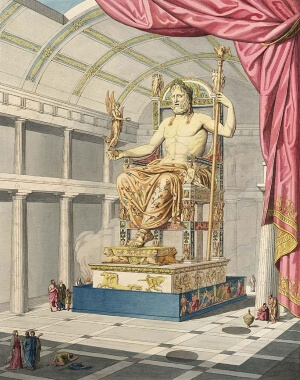 In Ancient Greece, the Statue of Zeus at Olympia served as a reminder of the gods. It stood at the height of forty-three meters, thanks to the creativity and hard work of Phidias. Its creation took place in 453 BC, and it comprised gold panels and ivory plates, carefully placed on a wooden framework, completing an image that spoke to the hearts of the people. The god Zeus sat on a wooden throne and top his head were elements such as gold, ivory, ebony and some precious stones. This sculpture remains to be one of the seven wonders of the ancient world, thanks to its towering nature and the precision of the art.
In Ancient Greece, the Statue of Zeus at Olympia served as a reminder of the gods. It stood at the height of forty-three meters, thanks to the creativity and hard work of Phidias. Its creation took place in 453 BC, and it comprised gold panels and ivory plates, carefully placed on a wooden framework, completing an image that spoke to the hearts of the people. The god Zeus sat on a wooden throne and top his head were elements such as gold, ivory, ebony and some precious stones. This sculpture remains to be one of the seven wonders of the ancient world, thanks to its towering nature and the precision of the art.
The Egyptians also used sculptures as a form of representation of their gods and these were present in their temples. Though most of these objects are no longer existent, there is evidence of their impact on society. Hindus used lingam objects in their religious practices too.
Which are the most inspiring sculpture works?
Take a viewHonor
Portrait sculpting came about as leaders sought ways to symbolize their rules in the form of statues. Kings would have their likeness carved into materials which they would then place in essential parts of the kingdom. An example is in Egypt where the pharaohs would have representative objects which served to show their strength in comparison to that of the common man.
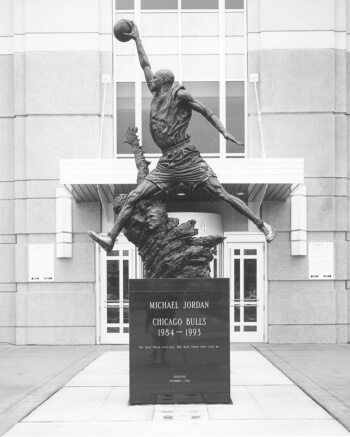 The belief is that this form of art began back in the 32nd century BCE in Egypt where a ruler had his likeness depicted in an object. Mesopotamia too has evidence of such portrait sculptures portraying Gudea, a ruler who oversaw Lagash between 2144 and 2124 BCE. Having a portrait sculpture was an honor, and ancient Greeks and Romans strived to have their likeness in public places. They also aimed to have their portraits on coins, as this was quite an honor. In other societies such as Egypt, erection of portrait sculptures was only for the rulers, and wealthy people had to be content with representative objects in their tombs, and not in public spaces.
The belief is that this form of art began back in the 32nd century BCE in Egypt where a ruler had his likeness depicted in an object. Mesopotamia too has evidence of such portrait sculptures portraying Gudea, a ruler who oversaw Lagash between 2144 and 2124 BCE. Having a portrait sculpture was an honor, and ancient Greeks and Romans strived to have their likeness in public places. They also aimed to have their portraits on coins, as this was quite an honor. In other societies such as Egypt, erection of portrait sculptures was only for the rulers, and wealthy people had to be content with representative objects in their tombs, and not in public spaces.
Sportsmen also have had their likenesses carved into objects. Some of the most inspiring sportists are honored with sculptues. Cristiano Ronaldo is one such recipient, thanks to the work of Emanuel Santos, and the unveiling of the art piece took place at the Madeira Airport. Given his prowess in the field, this statue serves as an honor to his talent. Another sportsman who has received this honor is Rocky, a fictional boxer in Rocky III. Initially, the figure was a prop for a scene in the movie, but later on, people agreed that it was much more than a prop and it deserved a permanent place in the City of Philadelphia. Another excellent example of honoring an athlete would be the bronze statue of Michael Jordan, a work of art that also goes by the name The Spirit. It serves as a reminder of how great he was on the court.
Anti-Sculpture Movements
We recognize sculpture as a form of representation which people not only use for religious purposes but also as a means of honoring people in society. But what is anti-sculpture and what effects have such movements had on this art? Let’s have a look:
Most famous sculptors around
Through the centuries, there have been many remarkable sculptors who have impressed people with their skills, works and techniques. ave a look at the works of these astounding artists and what made them the icons that they are today
Inspiring Sculptures & Museums
Visiting a museum on a gloomy day will have you in the company of countless other people. You can enjoy a fun day out as you get to explore the beauty that sculptures add to parks and museums. Here are a few places you can visit in this regard:
Representation
Sculptures represent many aspects of our society and are thus excellent for symbolism. Take an example of the statues used to portray wild animals, or those used to depict people’s ways of lives. These objects serve as a reminder of what was, what is and what could be and are thus crucial in our lives. Other than representation, sculptures also serve as additions to the beauty around us. There is no denying that sculptures in the right place and the right time work to add to the aesthetics and can, therefore, transform a space into an art scene.


